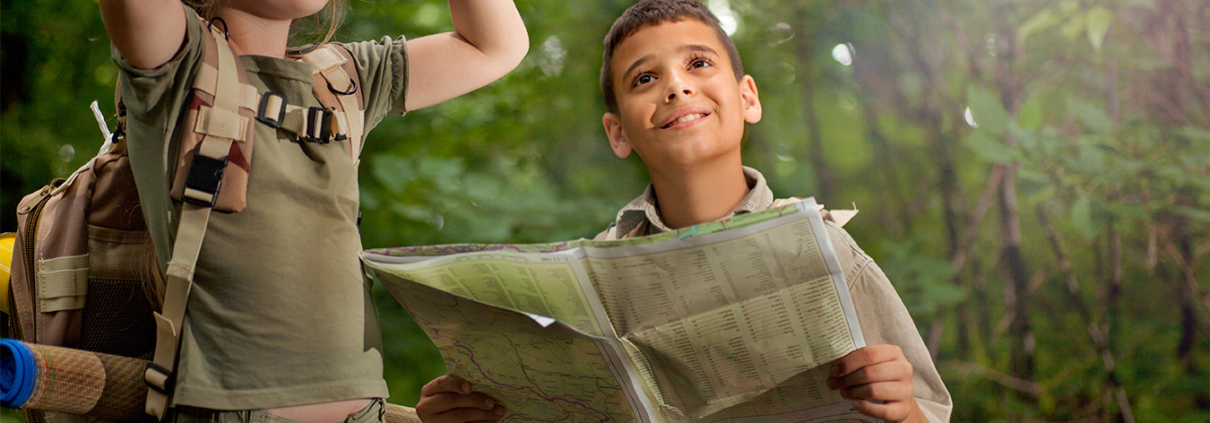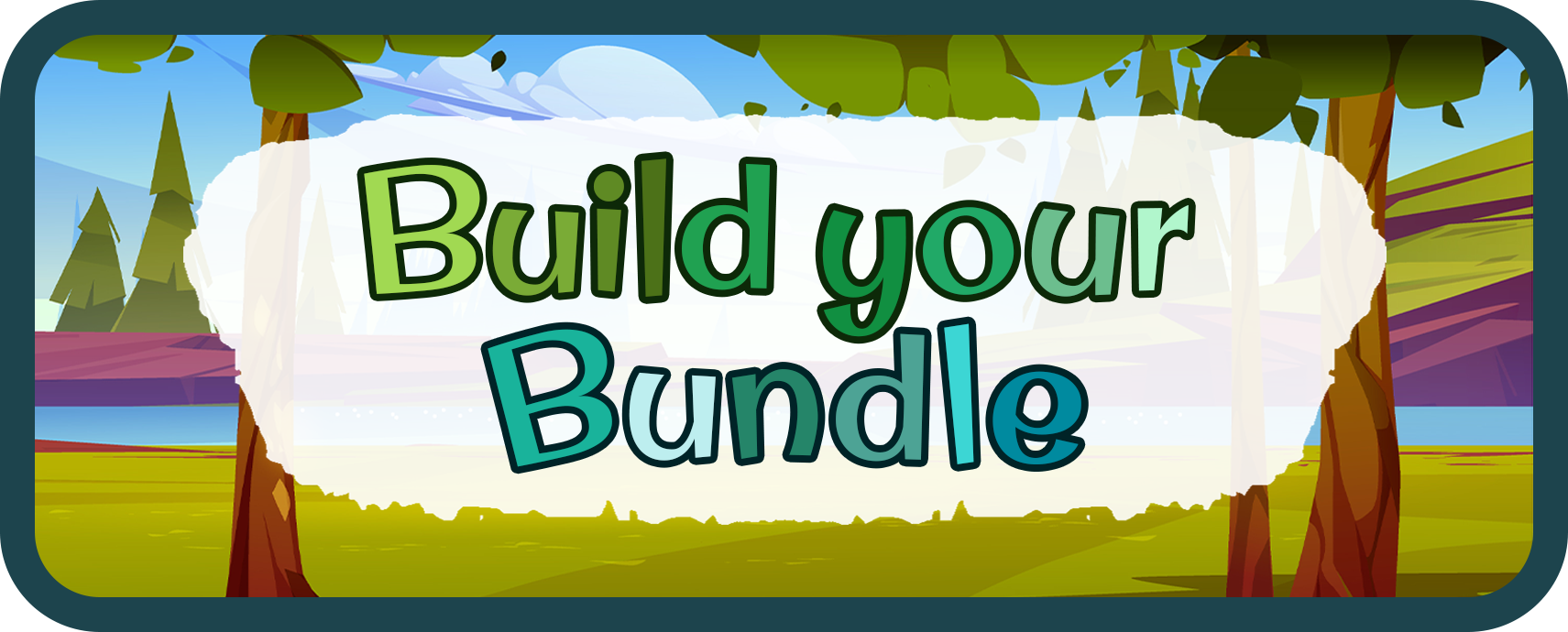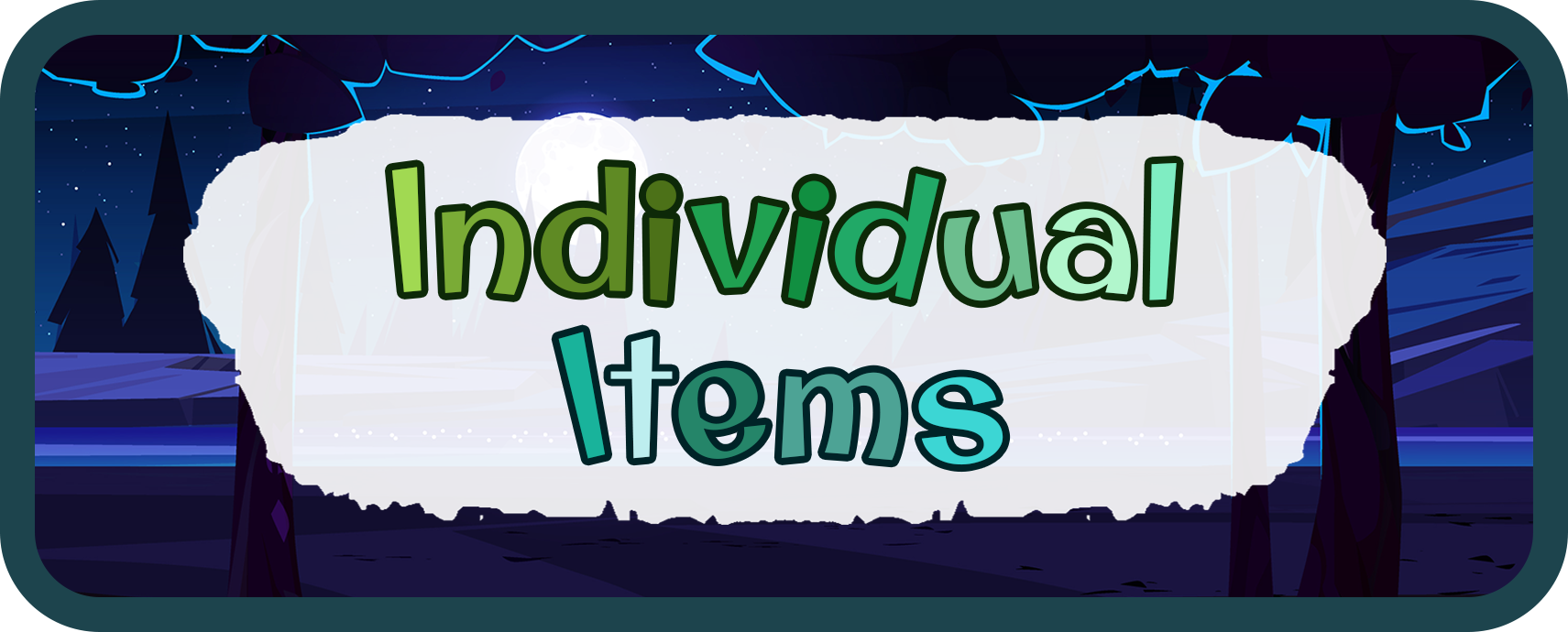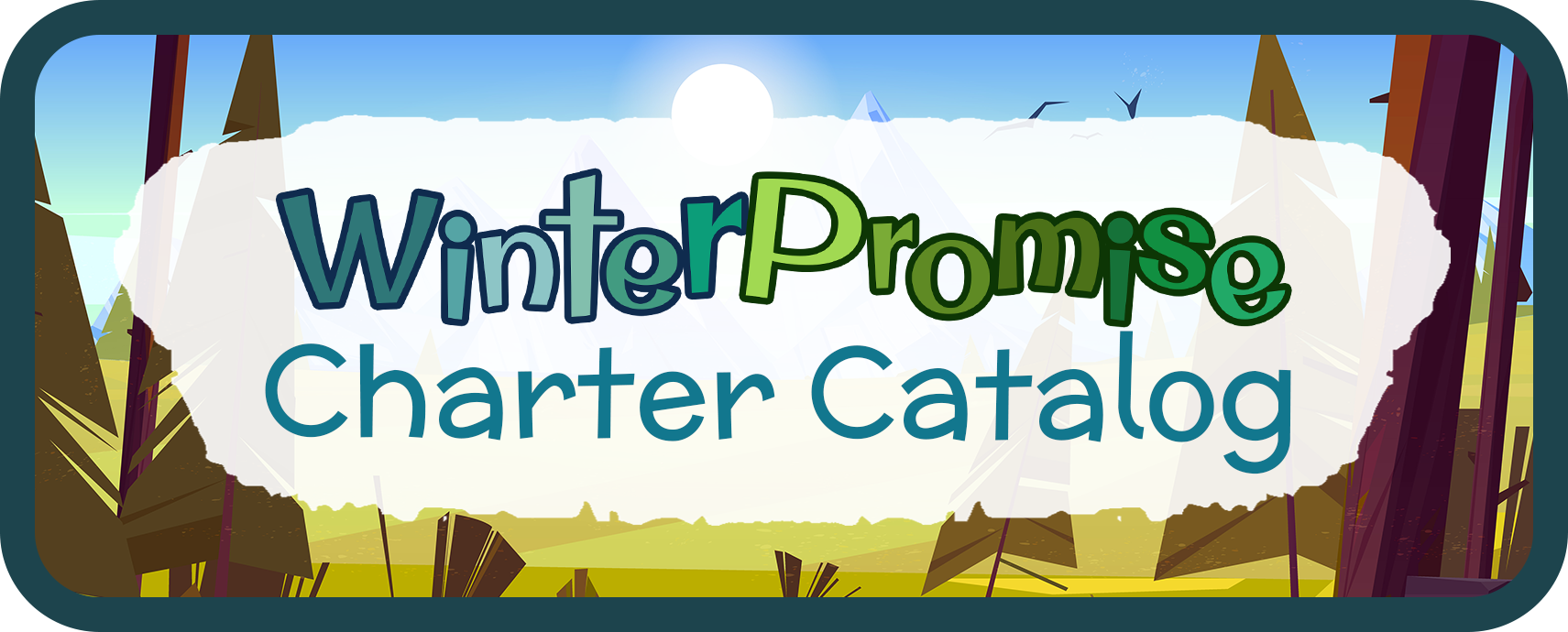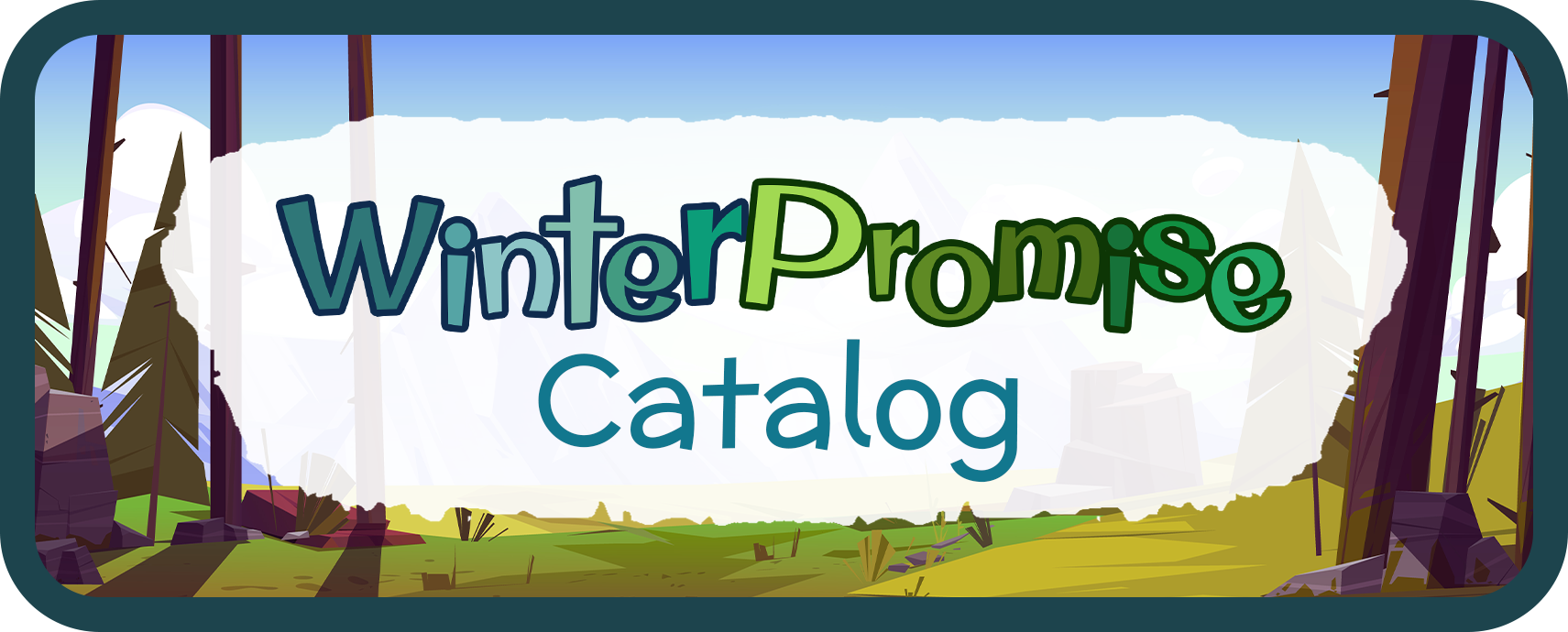How Does Understanding Intelligence Help with Homeschooling?
It was a Wednesday. That worst day of the week — hump day. We’ve all been there.
Sometimes they’re all Wednesdays.
This particular Wednesday was memorable because it was the first day I tried to school
my fourth-born — my “busy” child, better known as my little “terror on legs.” The child that
— as his Sunday school teacher kindly put it — didn’t have a lot of “sit” in him.
Yeah. The woman was a master of understatement.
On this particular Wednesday, it became clear in less than five minutes that what had worked with my older children in the way of schooling and instruction was not going to work for this little blessing from heaven. He’s not a homeschooler, I thought. He’s not even an unschooler.
Then it hit me. He’s a not-schooler. I’m doomed.
You know this child. You probably have one. Or two. Hey, maybe you’ve got a whole pack of not-schoolers at your place. These wonderful children are gifted — we know that. But in moments like these, it seems their only gift is a marvelous ability to make it clear they’re not-lists, not-facts, not-tests, not-sitting-still-in-chairs, and most definitely not-words-on-paper.
My little not-schooler needed something else. But what?
I put the schoolbooks away for that day, a week, more than that. There was no sense in using methods that weren’t going to work, so I did my own homework, and looked for answers. What I found fundamentally changed how I taught my children — all of them — not just my “not-schooler.” In fact, it changed how I related to them, person to person. It was the power of understanding the multiple intelligences. In the years since then, this knowledge has influenced how I talk to my children, how I approach giving them information or encourage them to disclose their thoughts or feelings.
It’s even inspired me to create a curriculum that harnesses the power of multiple intelligences. It’s fundamentally changed how I view the mission of education. It was out of this search that WinterPromise came to be. I wanted other parents to be able to reach their kids in a way that truly connects with their student’s own giftedness.
So What Are the Different Learning Styles, or Multiple Intelligences?
As I dug in, I found that the theory of multiple intelligences was first offered by a man named Howard Gardner in 1983 to more accurately define the concept of human intelligence. It was a new way to conceptualize how people think about intelligence, talk about it, and teach to it. Gardner’s theory helps educators and parents alike to understand the different ways that people take in new material, how they process their world, and even how they interact
with others.
The fundamental point of Gardner’s theory is that there is no such thing as a single intelligence, but rather there are multiple intelligences. Most people are quite gifted in a few areas of intelligence, are capable or average with a few, and are less likely to use or integrate a few others. Gardiner described nine different intelligences.
Each of us is unique in our use of and level of function within each intelligence. So, if we could exactly represent how each person uses and functions in their assortment of intelligences, it would be as if each one of us had an “intelligence handprint.” How many and which fingers were used in the handprint would fairly represent the individual intelligences, and the handprint as a whole — how the fingerprints were laid down, the roll of the hand, the position a person most utilized — would demonstrate how each of us, in our own one-of-a-kind way, functioned in bringing together our favored intelligences to accomplish a task or think about the world around us.
As I looked over Gardner’s list of intelligences, I could see the beginnings of a path to reaching my not-schooler. Gardner’s list of nine intelligences includes these: visual-spatial, verbal-linguistic, logical-mathematical, bodily-kinesthetic, musical-rhythmic, interpersonal, intrapersonal, naturalistic, and existential.
How Does This Make a Real Difference to Parent-Educators Like You and I?
This! Though I had only the first glimmers of understanding in looking over the list, I could already see this was something that made sense with what I saw in my children. My firstborn was a born student: she loved to read, create through art, and complete worksheets. My second born joined her in an enjoyment of school, for he was social, and simply turned school into a way to connect and enjoy learning together through collaboration. My third-born? Loved to think big thoughts and could sit so long he outlasted me. But my not-schooler? It had been difficult to figure how being able to ride a bike without training wheels at the age of two could serve him well as a student.
But now I had a guide! A way to find his intelligence “handprint” and connect to that! I couldn’t wait to find out more, so I delved in farther. It was obvious my little not-schooler had a bodily-kinesthetic intelligence, with all his daredevil antics atop a bike. So finding active ways to engage him was also an obvious conclusion. Not so obvious was discovering that not only did my not-schooler more willingly participate in active learning, but that bodily exertion itself is thought to open up his pathways of learning. Let me repeat that. The acts of moving, jumping, tracing with a finger, tapping a foot in rhythm — it actually opened up pathways to learning in my not-schooler that simply seeing or hearing did not. He
actually learned by the ACT of doing!
The multiple intelligences, then, do not merely describe a child’s preferred learning environment, but in fact suggest optimal ways for children to process information that enable the child to more rapidly take in information that can be used with greater functionality. As a unique individual, each child has their own learning superhighway, specially designed to transform information input from mere data into learning experiences. The key is for us as parent-educators to find their unique superhighway, and utilize its on-ramps with these optimal learning avenues.
As I began to see my not-schooler’s bodily-kinesthetic intelligence, I also began to see his other intelligences: his visual-spatial intelligence, which was strongly influenced by doing and seeing at the same time, and his intrapersonal intelligence, which enabled him to learn well on his own by trying new things. He actually didn’t mind trying and failing, which my firstborn hated.
To reach all of my children with these newfound insights required me to dive deep into the multiple intelligences, and understand each one’s superhighway with its unique on-ramps. Are you ready for more?
In my next post, you’ll discover each of the nine intelligences Howard Gardner described, so you, too, can discover what learning avenues best connect with each of your kiddos. Find that post here!
Plus, you’ll find out just how WinterPromise’s rich curriculum has been created to reach all of the multiple intelligences in your family!
Kaeryn Brooks, WinterPromise Author


